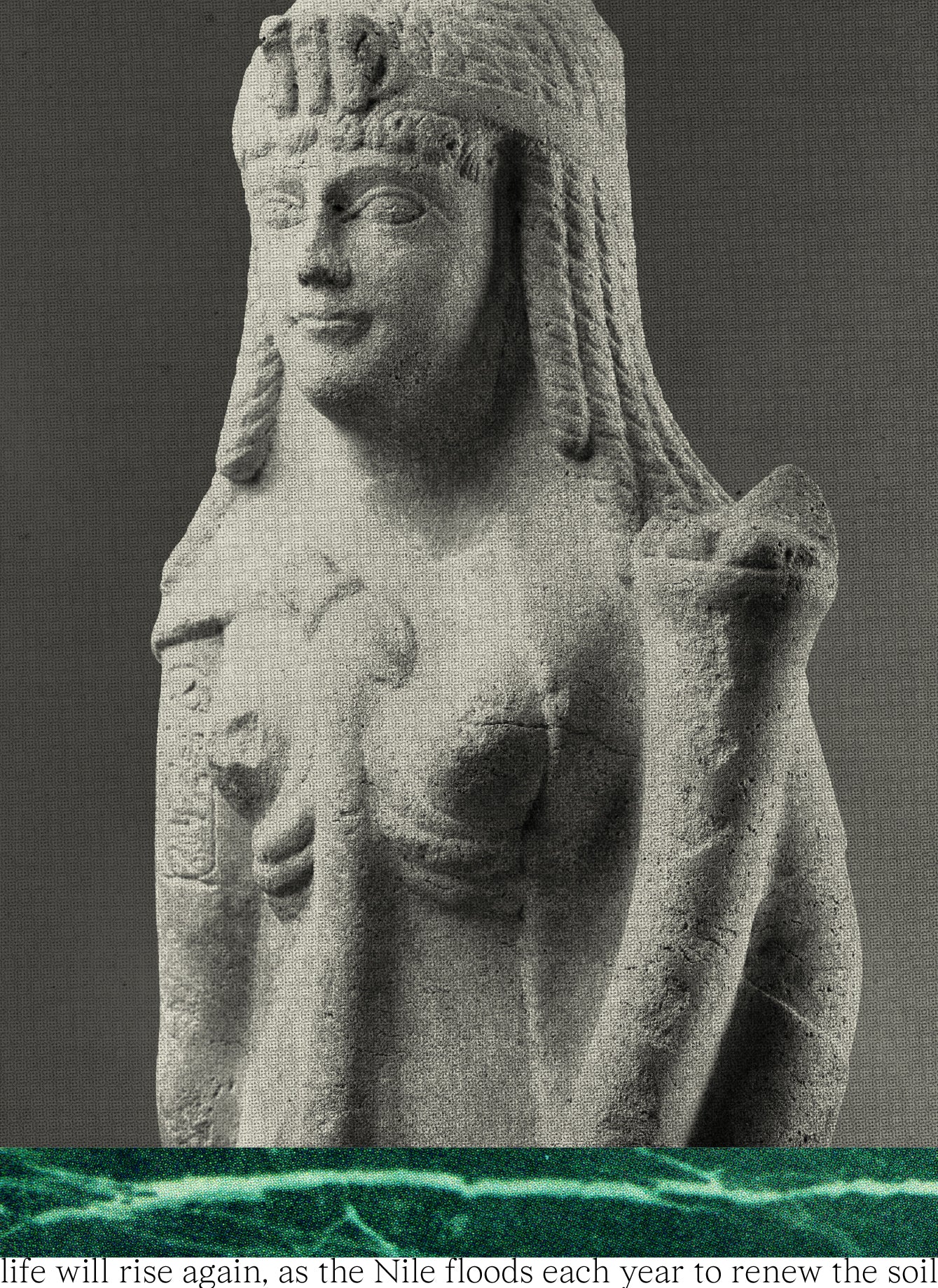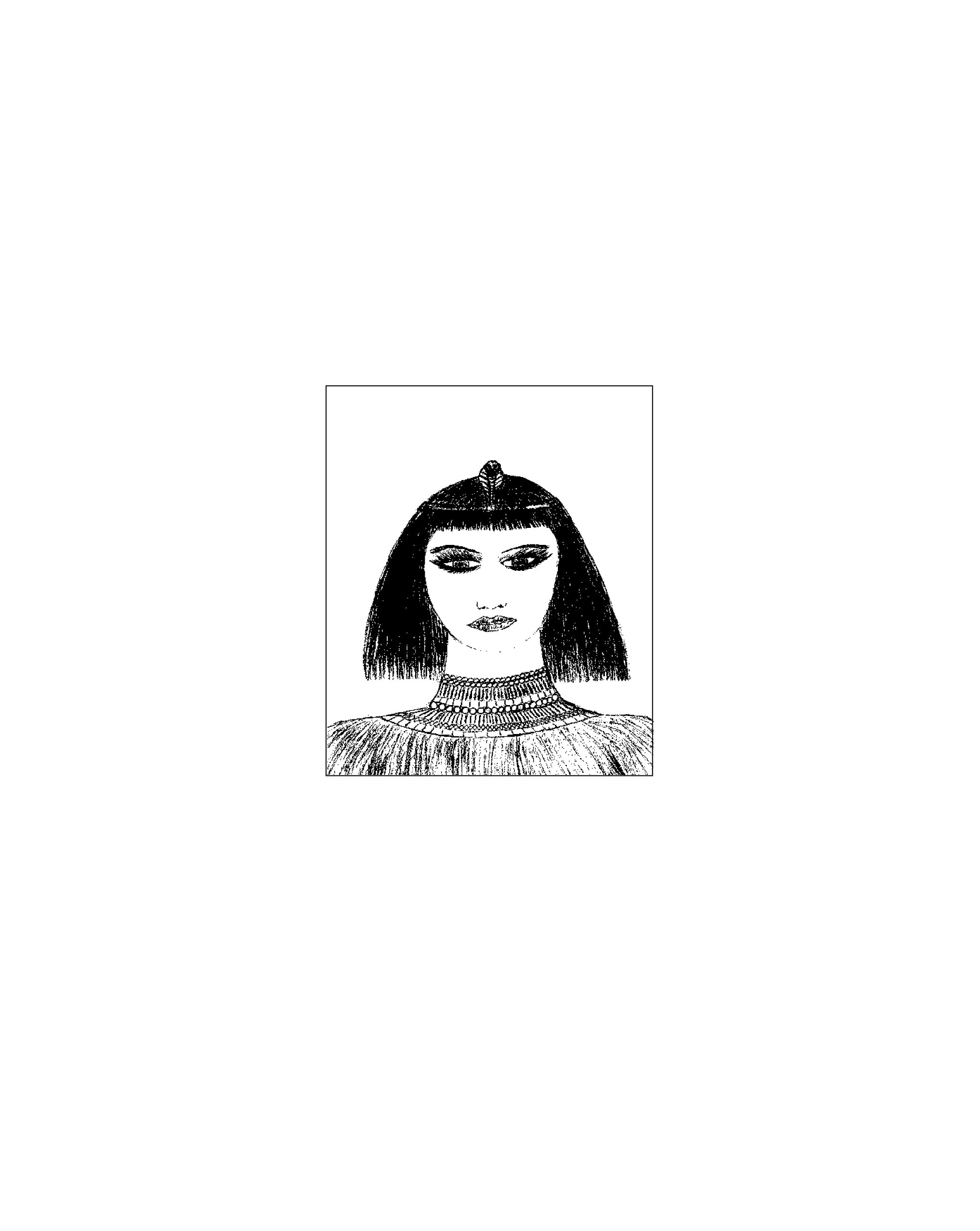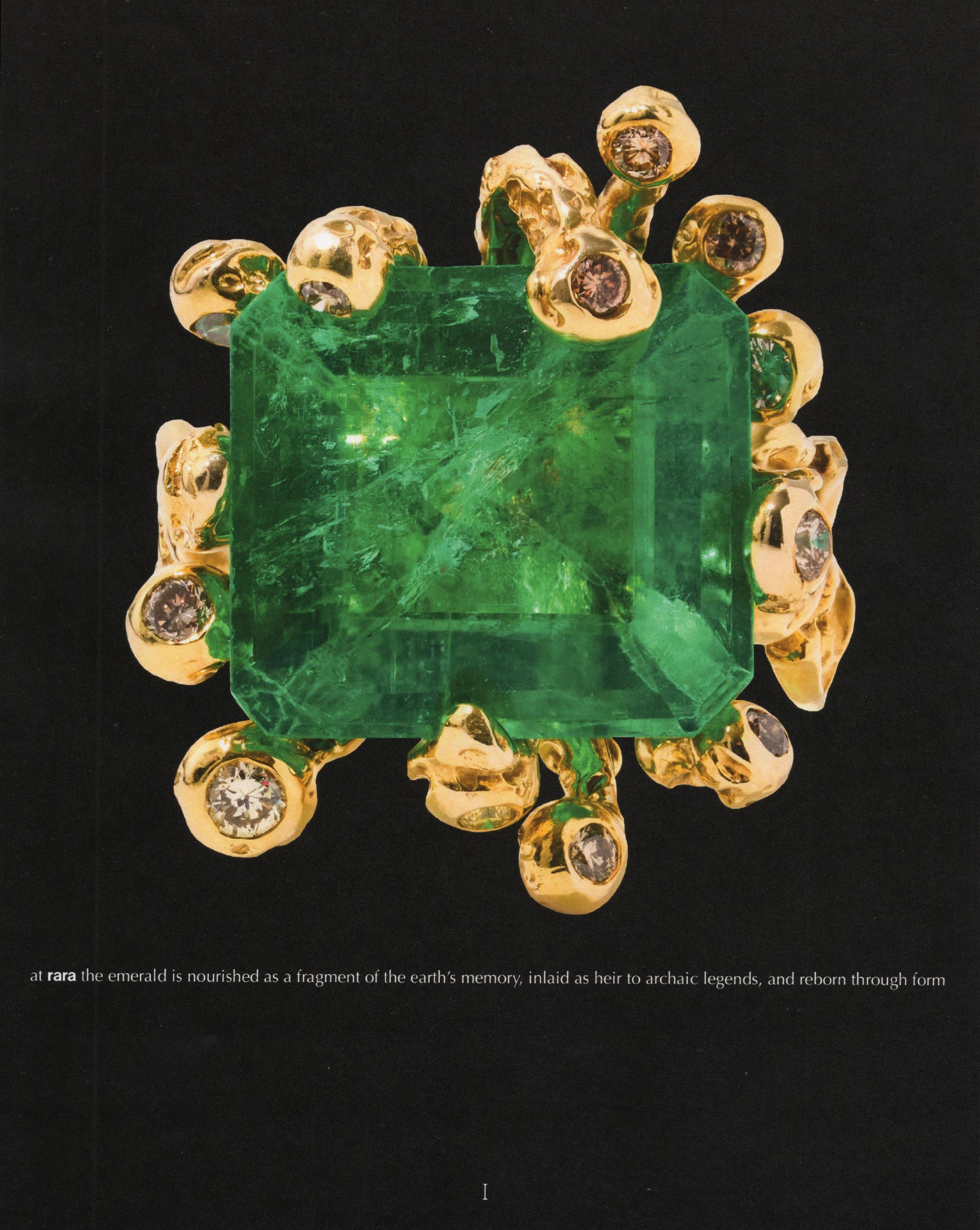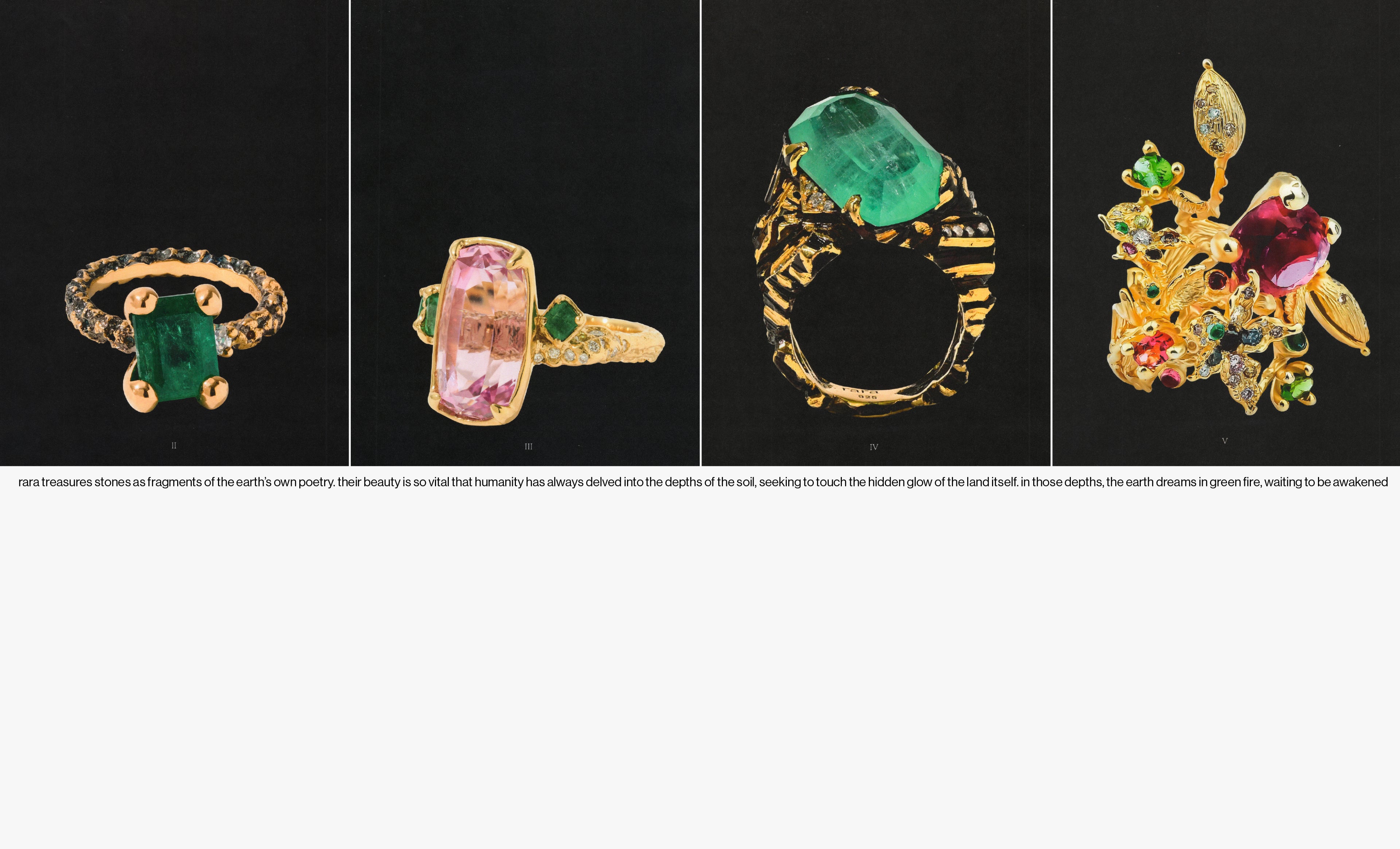
The Tears of the Goddess Isis
Each green crystal opens a passage - a journey through forgotten civilizations and living legends of the soil

According to legend, Emeralds were born from the grief of Isis, goddess of motherhood. When her beloved Osiris was slain and dismembered, she wept — and her tears fell to earth as drops of green crystal. It was believed that each gem carried her vow:“Life will rise again, as the Nile floods each year to renew the soil.”
For this reason, Emeralds were called “the green stones of life” and seen as embodiments of rebirth, renewal, and divine protection.
Historical records confirm the gem’s elevated status. Emeralds from Egypt’s Eastern Desert were valued as early as 1500 BCE, their rich green associated with the regenerative floods of the Nile and the promise of eternal youth in the afterlife. Pharaohs and nobles wore Emerald amulets in life and carried them into death; archaeologists have found mummies buried with Emerald talismans placed over the heart or wrapped within linens, intended to guide the soul safely into the next world


No figure is more closely tied to Egypt’s Emerald legacy than Queen Cleopatra VII. Ancient sources describe her deep fascination with the stone, which she regarded as the color of power and divine authority. It is said she declared the Emerald mines royal property, adorned herself lavishly with the gems, and presented engraved Emeralds — sometimes bearing her own likeness — to foreign rulers as both political token and personal signature.
For the Egyptians, the Emerald’s value lay not only in its beauty but in its believed power. Folklore claimed it could ward off evil spirits, grant wisdom to its wearer, and ensure safe childbirth. In its color they saw the pulse of the living world: green shoots after the Nile flood, palm groves in desert oases, the enduring vitality of the land itself. Its glow was a constant reminder that, like the river’s cycle or the turning of the seasons, lost life could be found again.
Whether in the quiet darkness of a tomb or on the brow of a living queen, the Emerald shone as more than a jewel — it was a fragment of Egypt’s immortal spirit, a bridge between divine myth and earthly reign.



